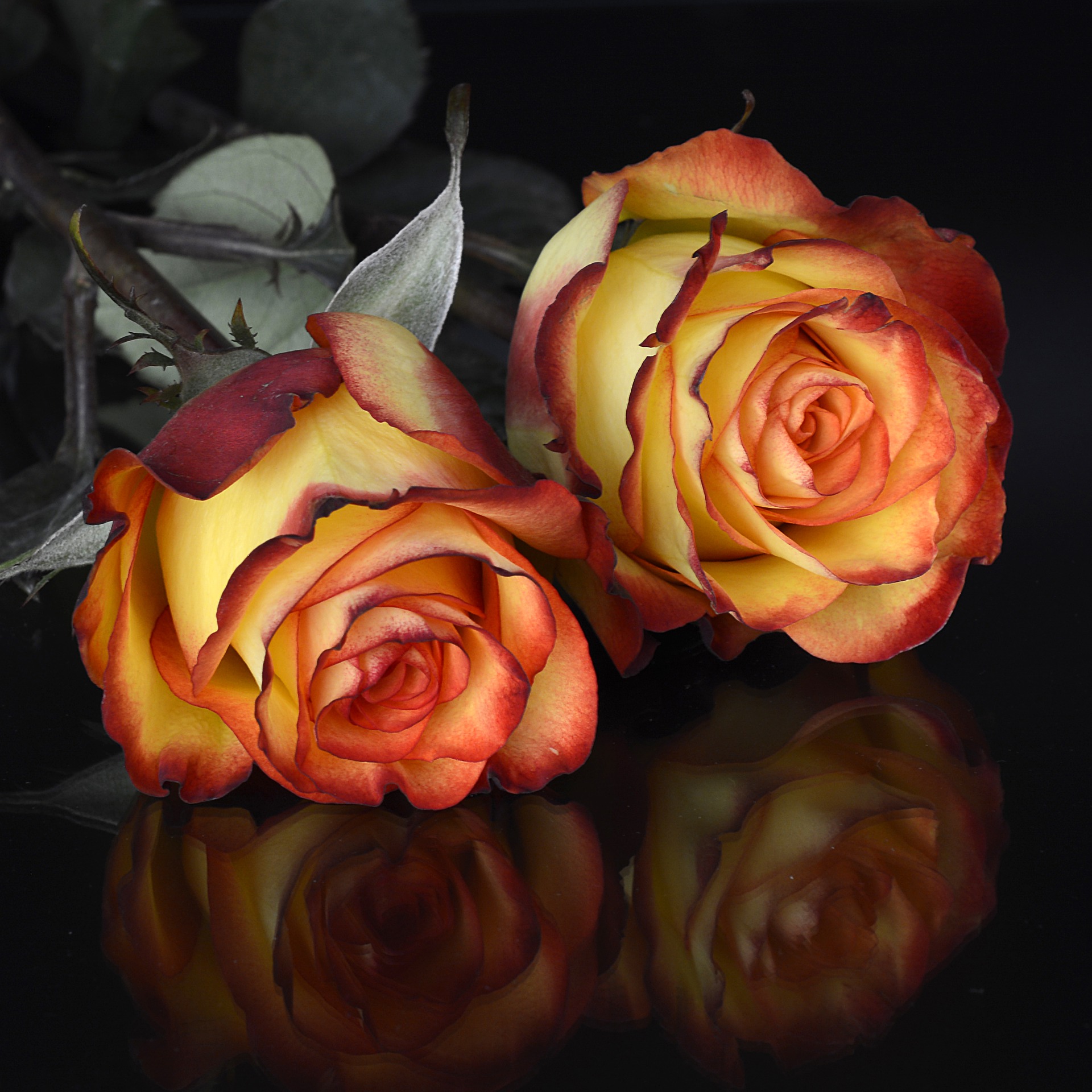Cross-posted at Luna Station Quarterly.
 Is anything more two-faced than a looking glass? Even the words—mirror in English and miroir in French, espejo in Spanish and spegel in Swedish—have roots hinting at our ambivalence toward an invention that sprang from nature and was perfected in the scientific age.
Is anything more two-faced than a looking glass? Even the words—mirror in English and miroir in French, espejo in Spanish and spegel in Swedish—have roots hinting at our ambivalence toward an invention that sprang from nature and was perfected in the scientific age.
Mirror and miroir are derived from the Latin mirare (to look at), which is a variant of mirari (to wonder at), root of both admire and miracle. On the other hand, espejo and spegel originate from the Latin speculum (a tool used for looking at, including a “looking glass”). There are clearly two distinct, yet related, attitudes to a mirror—what it is, and what it achieves. It is a thing, a tool, but in active use a mirror becomes subject as well as object, a source of wonder, miraculous, amazing (amusing?). One interesting note: “An ancient Germanic group of words for ‘mirror’ is represented by Gothic skuggwa, Old Norse skuggsja, Old High German scucar, which are related to Old English scua ‘shade, shadow’.”1
Mirrors occur both naturally and by design. Our primitive ancestors surely saw their reflections in a pool of water now and again. The earliest manufactured mirror is a piece of polished obsidian 8,000 years old. And in 1835, German chemist Justus von Liebig ignited the global mirror industry with a breakthrough technique of applying a thin layer of silver to glass, thereby creating the first “true” reflection.
Glass has deep, elemental connections to fire (when molten) and to ice (when hard). A mirror embodies this duality and also light and shadow, self-awareness and self-deception. It is an exquisite symbol-in-waiting for a fairy tale. In A.S. Byatt’s essay “Ice, Snow, Glass,” published in Mirror, Mirror on the Wall: Women Writers Explore Their Favorite Fairy Tales, the noted author dives into these “symbolic oppositions.”
At the beginning of “Snow White,” the queen sews by an open window framed with ebony, and pricks her finger. No glass separates her from the elements. Her blood drips onto the winter landscape below. She is inspired to wish for a daughter born with hair as dark as ebony, skin as white as snow, and lips as red as blood. At the end of the tale, the daughter, Snow White, lies framed by a glass coffin, as still as death. She was “…the creation of an aesthetic perception and she becomes an object of aesthetic perception…”2
Snow White is a kind of mirror.
After the death of the mother, the new queen consults an oracular looking glass for confirmation of her status as the most beautiful woman in the land. Her perception of self is limited by what the mirror, literally, tells her. At first she sees her self in the mirror. But when the mirror concedes Snow White has become the most beautiful woman, the queen can no longer see clearly. Then her goal, her only goal, is to alter the mirror’s message by eliminating Snow White. She doesn’t want truth from her mirror. What she desires is the sight of an image she’s constructed in her own mind.
“Smoke and mirrors” is a metaphor for what leads us astray from the truth of a situation. Smoke clouds our vision; mirrors are trickier, for though they seem to offer transparency, they nearly always distort the facts. Which is the true self—the one that sees or the one seen? “Some ancient cultures believed the reflection was the true self, ‘the shadow soul,’ hence the myth that vampires and evil spirits have no reflection.”3
Emily Dickinson wrote, “Tell all the truth but tell it slant…”4 Mirrors, and fairy tales, do this better than anyone.
Image by annca at Pixabay.com, Creative Commons License
- Online Etymology Dictionary, accessed February 1, 2018, https://www.etymonline.com/word/mirror
- Byatt A.S. 1998. Mirror, Mirror on the Wall: Women Writers Explore their Favorite Fairy Tales. Bernheimer K, editor. USA: First Anchor Books. Ice, Snow, Glass; p. 72.
- Hokin C. “Through a Glass Darkly: Mirrors, Myths and Magic.” The History Girls, accessed February 1, 2018, http://the-history-girls.blogspot.ca/2017/04/through-glass-darkly-mirrors-myths-and.html
- Poetry Foundation, accessed February 1, 2018, https://www.poetryfoundation.org/poems/56824/tell-all-the-truth-but-tell-it-slant-1263
